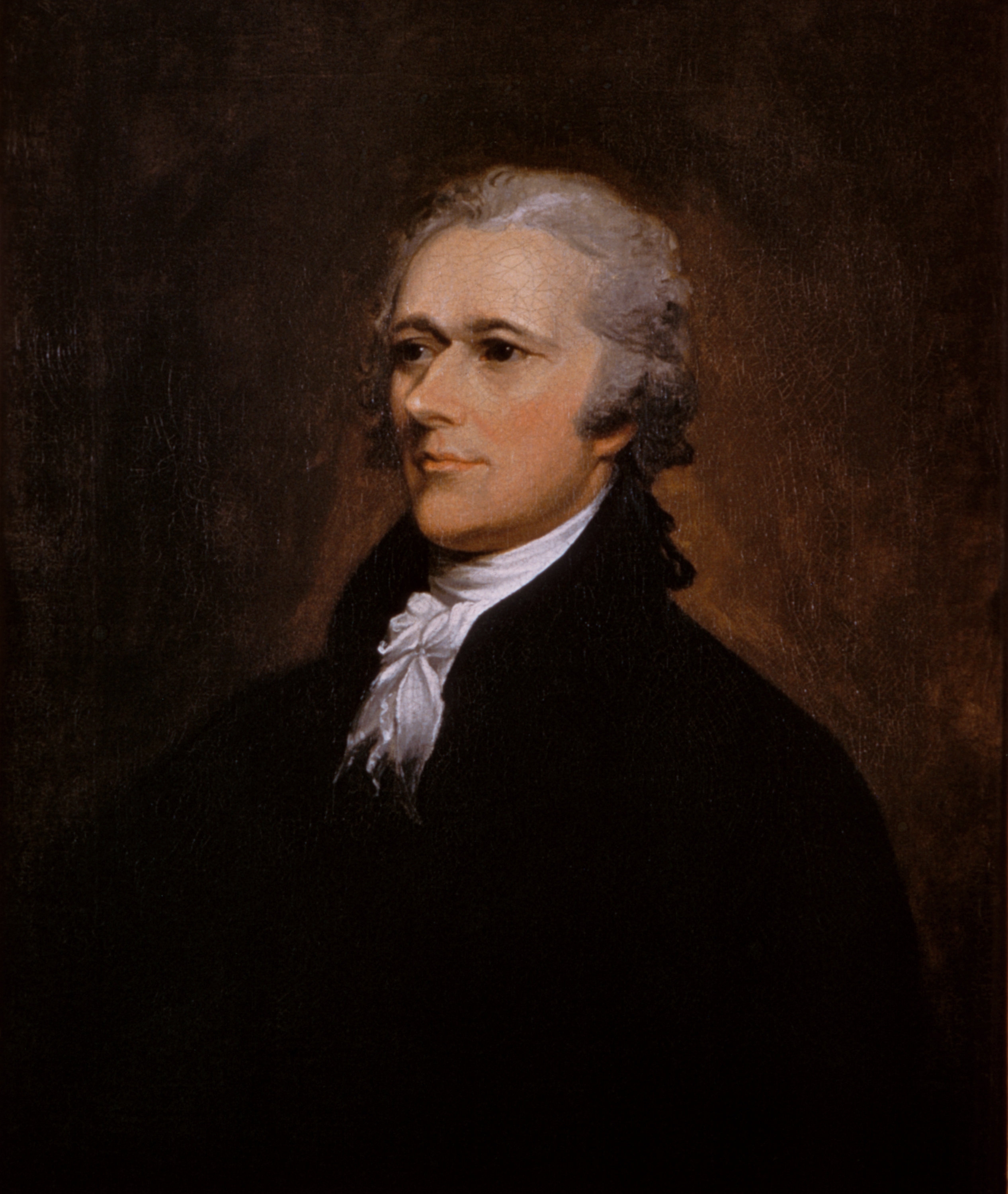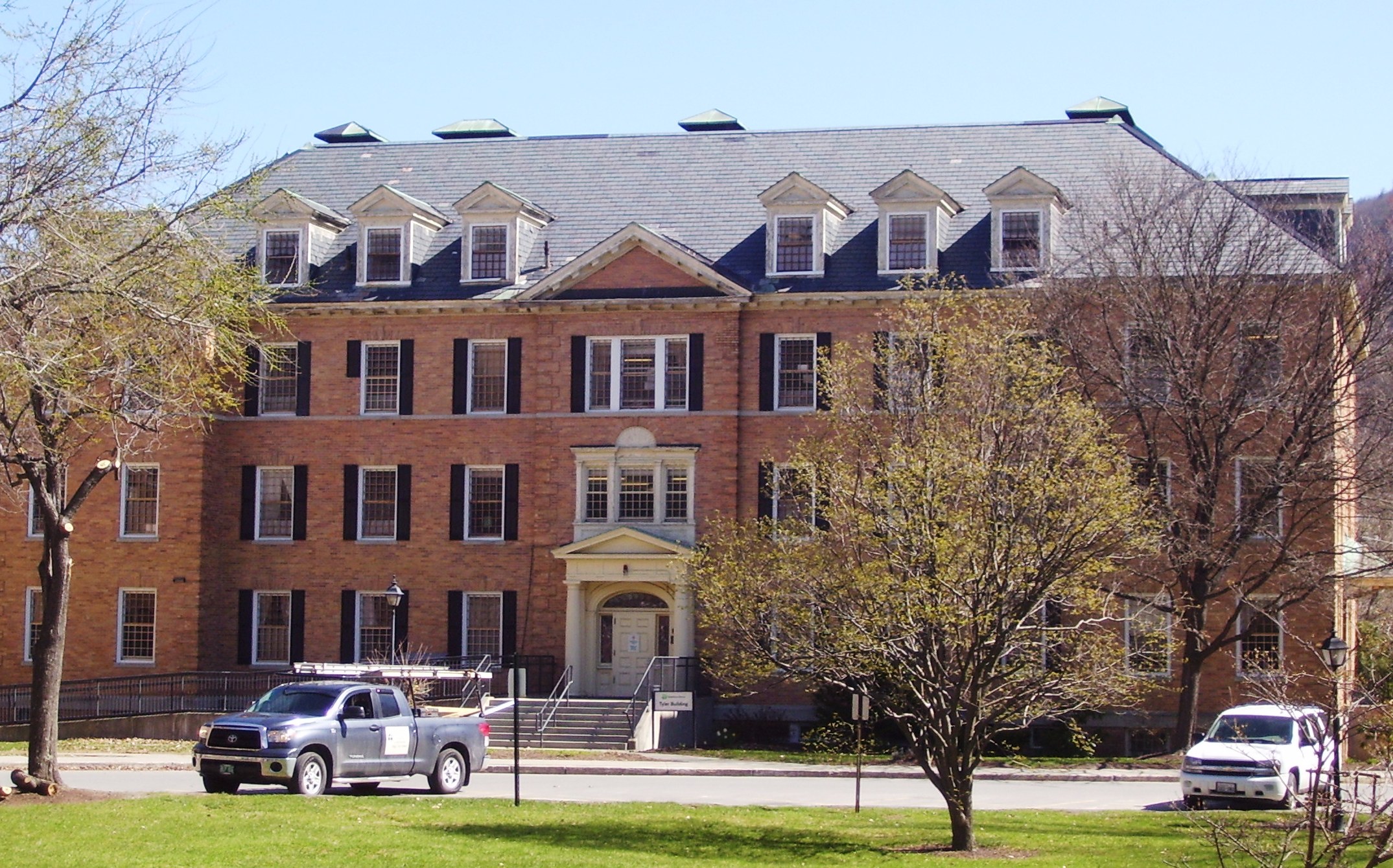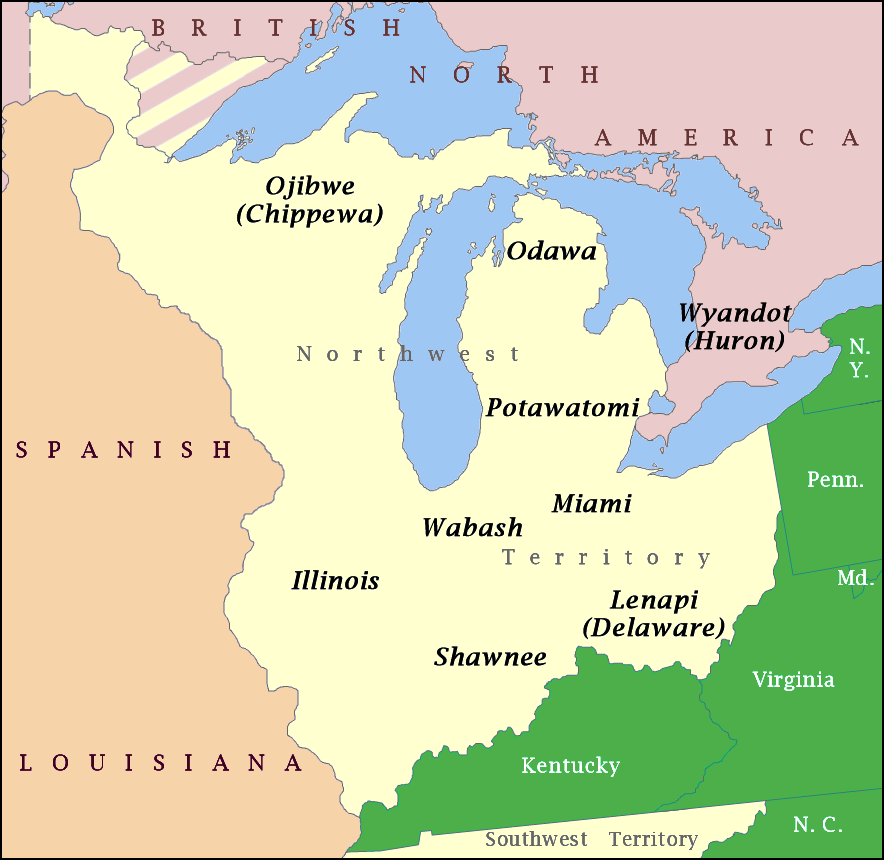|
James Elliot (politician)
James Elliot (August 18, 1775November 10, 1839) was an American soldier, lawyer, author and politician. A holder of local and state offices throughout his life, he was most notable for his service as a United States representative from Vermont. Elliot was born in Gloucester in the Province of Massachusetts Bay. His father died at sea while serving in the American Revolution, and Elliot's mother moved the family to New Salem, where he received his early education. He was indentured to a local farmer, and at age 15 moved to Guilford, Vermont to work as a store clerk. He served in the army during the Whiskey Rebellion in Pennsylvania and the Northwest Indian War, then returned to Vermont to study law and begin practice as an attorney. He later published a volume on his wartime experiences, which also included several poems and essays. During the early 1800s, Elliot served as Clerk of the Vermont House of Representatives. Nominally a Federalist, in 1802 he won election to the ... [...More Info...] [...Related Items...] OR: [Wikipedia] [Google] [Baidu] |
Vermont
Vermont () is a state in the northeast New England region of the United States. Vermont is bordered by the states of Massachusetts to the south, New Hampshire to the east, and New York to the west, and the Canadian province of Quebec to the north. Admitted to the union in 1791 as the 14th state, it is the only state in New England not bordered by the Atlantic Ocean. According to the 2020 U.S. census, the state has a population of 643,503, ranking it the second least-populated in the U.S. after Wyoming. It is also the nation's sixth-smallest state in area. The state's capital Montpelier is the least-populous state capital in the U.S., while its most-populous city, Burlington, is the least-populous to be a state's largest. For some 12,000 years, indigenous peoples have inhabited this area. The competitive tribes of the Algonquian-speaking Abenaki and Iroquoian-speaking Mohawk were active in the area at the time of European encounter. During the 17th century, French ... [...More Info...] [...Related Items...] OR: [Wikipedia] [Google] [Baidu] |
Federalist Party
The Federalist Party was a conservative political party which was the first political party in the United States. As such, under Alexander Hamilton, it dominated the national government from 1789 to 1801. Defeated by the Jeffersonian Republicans in 1800, it became a minority party while keeping its stronghold in New England and made a brief resurgence by opposing the War of 1812. It then collapsed with its last presidential candidate in 1816. Remnants lasted for a few years afterwards. The party appealed to businesses and to conservatives who favored banks, national over state government, manufacturing, an army and navy, and in world affairs preferred Great Britain and strongly opposed the French Revolution. The party favored centralization, federalism, modernization, industrialization and protectionism. The Federalists called for a strong national government that promoted economic growth and fostered friendly relationships with Great Britain in opposition to Revolutiona ... [...More Info...] [...Related Items...] OR: [Wikipedia] [Google] [Baidu] |
Brattleboro (town), Vermont
Brattleboro (), originally Brattleborough, is a town in Windham County, Vermont, United States. The most populous municipality abutting Vermont's eastern border with New Hampshire, which is the Connecticut River, Brattleboro is located about north of the Massachusetts state line, at the confluence of Vermont's West River and the Connecticut. As of the 2020 Census, the population was 12,184. There are satellite campuses of two colleges in Brattleboro: Community College of Vermont, and Vermont Technical College. Located in Brattleboro are the New England Center for Circus Arts, Vermont Jazz Center, and the Brattleboro Retreat, a mental health and addictions hospital. History Indigenous people This place was called "Wantastiquet" by the Abenaki people, which meant "lost river", "river that leads to the west", or "river of the lonely way". The Abenaki would transit this area annually between their summer hunting grounds near Swanton, and their winter settlement near Northfield ... [...More Info...] [...Related Items...] OR: [Wikipedia] [Google] [Baidu] |
Pennsylvania
Pennsylvania (; (Pennsylvania Dutch: )), officially the Commonwealth of Pennsylvania, is a state spanning the Mid-Atlantic, Northeastern, Appalachian, and Great Lakes regions of the United States. It borders Delaware to its southeast, Maryland to its south, West Virginia to its southwest, Ohio to its west, Lake Erie and the Canadian province of Ontario to its northwest, New York to its north, and the Delaware River and New Jersey to its east. Pennsylvania is the List of U.S. states and territories by population, fifth-most populous state in the nation with over 13 million residents 2020 United States census, as of 2020. It is the List of U.S. states and territories by area, 33rd-largest state by area and ranks List of states and territories of the United States by population density, ninth among all states in population density. The southeastern Delaware Valley metropolitan area comprises and surrounds Philadelphia, the state's List of cities in Pennsylvania, largest ... [...More Info...] [...Related Items...] OR: [Wikipedia] [Google] [Baidu] |
Guilford, Vermont
Guilford is a town in Windham County, Vermont, United States. The town was named for Francis North, 1st Earl of Guilford. The population was 2,120 at the 2020 census. Geography According to the United States Census Bureau, the town has a total area of 40.0 square miles (103.5 km2), of which 39.9 square miles (103.3 km2) is land and 0.1 square mile (0.2 km2) (0.20%) is water. Demographics As of the census of 2010, there were 2,121 people, 902 households, and 574 families residing in the town. The population density was 53.2 people per square mile (20.5/km2). There were 1,038 housing units at an average density of 26.0 per square mile (10.0/km2). The racial makeup of the town was 97.2% White, 0.5% African American, 0.0% Native American, 0.2% Asian, 0.6% from other races, and 1.5% from two or more races. Hispanic or Latino of any race were 1.1% of the population. There were 902 households, out of which 25.3% had children under the age of 18 ... [...More Info...] [...Related Items...] OR: [Wikipedia] [Google] [Baidu] |
New Salem, Massachusetts
New Salem is a town in Franklin County, Massachusetts, United States. The population was 983 at the 2020 census. It is part of the Springfield, Massachusetts Metropolitan Statistical Area. History New Salem was first settled in 1737 and was officially incorporated in 1753, named for the settlers from Salem that founded the town. The geography of New Salem benefited greatly from the construction of the Quabbin Reservoir. Prior to its building, New Salem, which has always been the southeast corner of Franklin County, did not extend much further south than the village of Cooleyville, now along U.S. Route 202. However, with the forming of the reservoir, the town received all lands above the water line between the two forks of the reservoir, as it was the only land connection to the peninsula. With its southern borders now following former branches of the Swift River, New Salem now includes most of the former town of Prescott (except for a small corner east of the Middle Branc ... [...More Info...] [...Related Items...] OR: [Wikipedia] [Google] [Baidu] |
American Revolution
The American Revolution was an ideological and political revolution that occurred in British America between 1765 and 1791. The Americans in the Thirteen Colonies formed independent states that defeated the British in the American Revolutionary War (1775–1783), gaining independence from the British Crown and establishing the United States of America as the first nation-state founded on Enlightenment principles of liberal democracy. American colonists objected to being taxed by the Parliament of Great Britain, a body in which they had no direct representation. Before the 1760s, Britain's American colonies had enjoyed a high level of autonomy in their internal affairs, which were locally governed by colonial legislatures. During the 1760s, however, the British Parliament passed a number of acts that were intended to bring the American colonies under more direct rule from the British metropole and increasingly intertwine the economies of the colonies with those of Brit ... [...More Info...] [...Related Items...] OR: [Wikipedia] [Google] [Baidu] |
United States Representative
The United States House of Representatives, often referred to as the House of Representatives, the U.S. House, or simply the House, is the lower chamber of the United States Congress, with the Senate being the upper chamber. Together they comprise the national bicameral legislature of the United States. The House's composition was established by Article One of the United States Constitution. The House is composed of representatives who, pursuant to the Uniform Congressional District Act, sit in single member congressional districts allocated to each state on a basis of population as measured by the United States Census, with each district having one representative, provided that each state is entitled to at least one. Since its inception in 1789, all representatives have been directly elected, although universal suffrage did not come to effect until after the passage of the 19th Amendment and the Civil Rights Movement. Since 1913, the number of voting representativ ... [...More Info...] [...Related Items...] OR: [Wikipedia] [Google] [Baidu] |
War Of 1812
The War of 1812 (18 June 1812 – 17 February 1815) was fought by the United States of America and its indigenous allies against the United Kingdom and its allies in British North America, with limited participation by Spain in Florida. It began when the United States declared war on 18 June 1812 and, although peace terms were agreed upon in the December 1814 Treaty of Ghent, did not officially end until the peace treaty was ratified by Congress on 17 February 1815. Tensions originated in long-standing differences over territorial expansion in North America and British support for Native American tribes who opposed US colonial settlement in the Northwest Territory. These escalated in 1807 after the Royal Navy began enforcing tighter restrictions on American trade with France and press-ganged men they claimed as British subjects, even those with American citizenship certificates. Opinion in the US was split on how to respond, and although majorities in both the House an ... [...More Info...] [...Related Items...] OR: [Wikipedia] [Google] [Baidu] |
Northwest Indian War
The Northwest Indian War (1786–1795), also known by other names, was an armed conflict for control of the Northwest Territory fought between the United States and a united group of Native American nations known today as the Northwestern Confederacy. The United States Army considers it the first of the American Indian Wars. Following centuries of conflict for control of this region, it was granted to the new United States by the Kingdom of Great Britain in article 2 of the Treaty of Paris, which ended the American Revolutionary War. The treaty used the Great Lakes as a border between British territory and the United States. This granted significant territory to the United States, initially known as the Ohio Country and the Illinois Country, which had previously been prohibited to new settlements. However, numerous Native American peoples inhabited this region, and the British maintained a military presence and continued policies that supported their Native allies. Wi ... [...More Info...] [...Related Items...] OR: [Wikipedia] [Google] [Baidu] |
Whiskey Rebellion
The Whiskey Rebellion (also known as the Whiskey Insurrection) was a violent tax protest in the United States beginning in 1791 and ending in 1794 during the presidency of George Washington. The so-called "whiskey tax" was the first tax imposed on a domestic product by the newly formed federal government. Beer was difficult to transport and spoiled more easily than rum and whiskey. Rum distillation in the United States had been disrupted during the American Revolutionary War, and whiskey distribution and consumption increased afterwards (aggregate production had not surpassed rum by 1791). The "whiskey tax" became law in 1791, and was intended to generate revenue for the war debt incurred during the Revolutionary War. The tax applied to all distilled spirits, but consumption of American whiskey was rapidly expanding in the late 18th century, so the excise became widely known as a "whiskey tax". Farmers of the western frontier were accustomed to distilling their surplus rye, ... [...More Info...] [...Related Items...] OR: [Wikipedia] [Google] [Baidu] |
Captain (United States O-3)
In the United States Army (), U.S. Marine Corps (USMC), U.S. Air Force (USAF), and U.S. Space Force (USSF), captain (abbreviated "CPT" in the and "Capt" in the USMC, USAF, and USSF) is a company-grade officer rank, with the pay grade of O-3. It ranks above first lieutenant and below major. It is equivalent to the rank of lieutenant in the Navy/Coast Guard officer rank system and should not be confused with the Navy/Coast Guard rank of captain. The insignia for the rank consists of two silver bars, with slight stylized differences between the Army/Air Force version and the Marine Corps version. History The U.S. military inherited the rank of captain from its British Army forebears. In the British Army, the captain was designated as the appropriate rank for the commanding officer of infantry companies, artillery batteries, and cavalry troops, which were considered as equivalent-level units. Captains also served as staff officers in regimental and brigade headquarters ... [...More Info...] [...Related Items...] OR: [Wikipedia] [Google] [Baidu] |






